Photos: Birds Evolved from Dinosaurs, Museum Exhibit Shows
Juravenator

Juravenator starki, a close relative to other dinosaurs covered with feathers, has a combination of feathers and scales. Some modern bird species are reminiscent of such features, such as a vulture's featherless head.
Messelornis
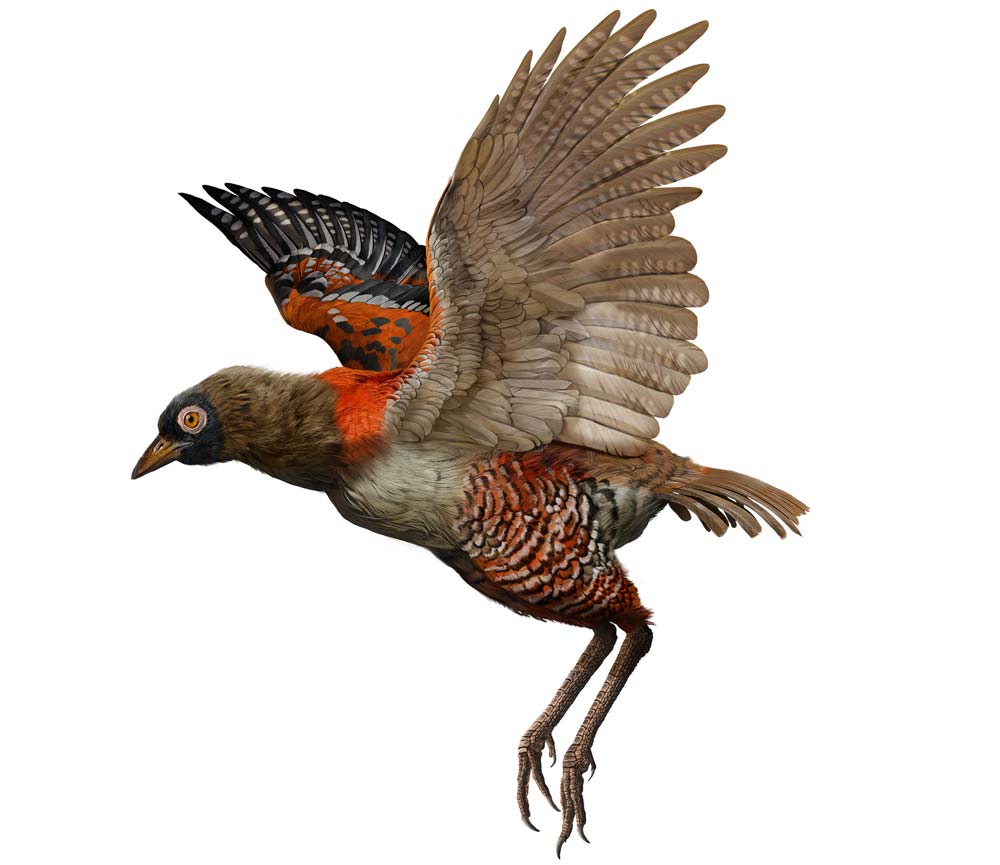
An excavation site in Messel, Germany, is known to produce fossils exhibiting delicate details, and the remains of a 47-million-year-old bird don't disappoint. The feathers of Messelornis crostata, which lost their color, along with the fragile bones survived all this time.
Lithornis
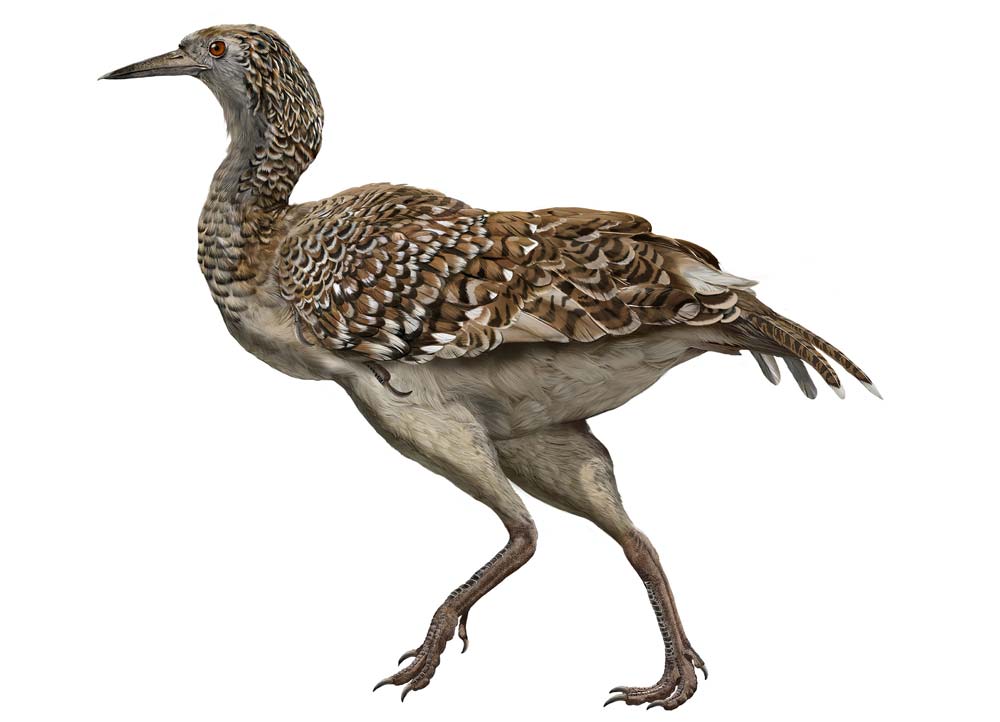
One time, experts though flightless birds were their own evolutionary group, but research has revealed that all modern bird species, even the flightless ones, evolved from smaller, flying birds. A close relative of ostriches and emus, Lithornis was once listed as a large flightless bird, which it is not.
X-ray locomotion study
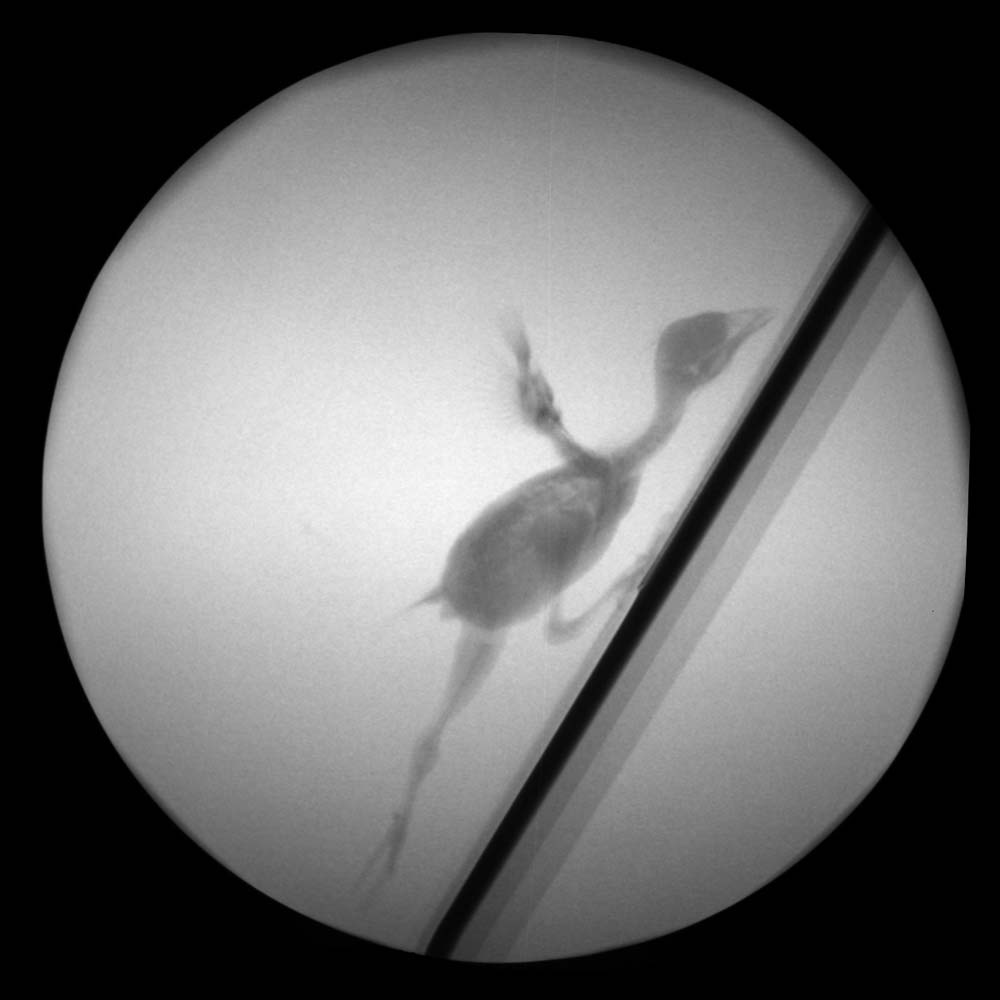
Museum researchers used X-ray studies to reveal how baby birds use the flapping of their tiny wings to help them climb slopes. Experts surmise that nonbird dinosaurs may have used the force created by flapping this miniwings to propel them forward and upward, improving traction up steep slopes before flight evolved.
Microraptor
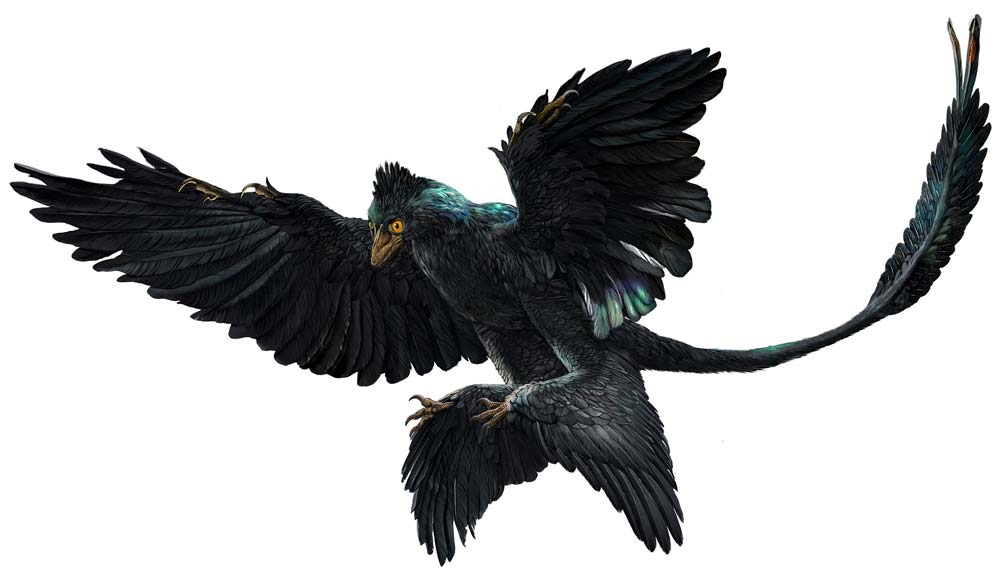
The strange Microraptor gui — a strange, birdlike dinosaur — had feathers on all four limbs. Those on its back limbs show evidence of adaptations for flight, but the creature likely could only glide down from perches.
Confuciusornis
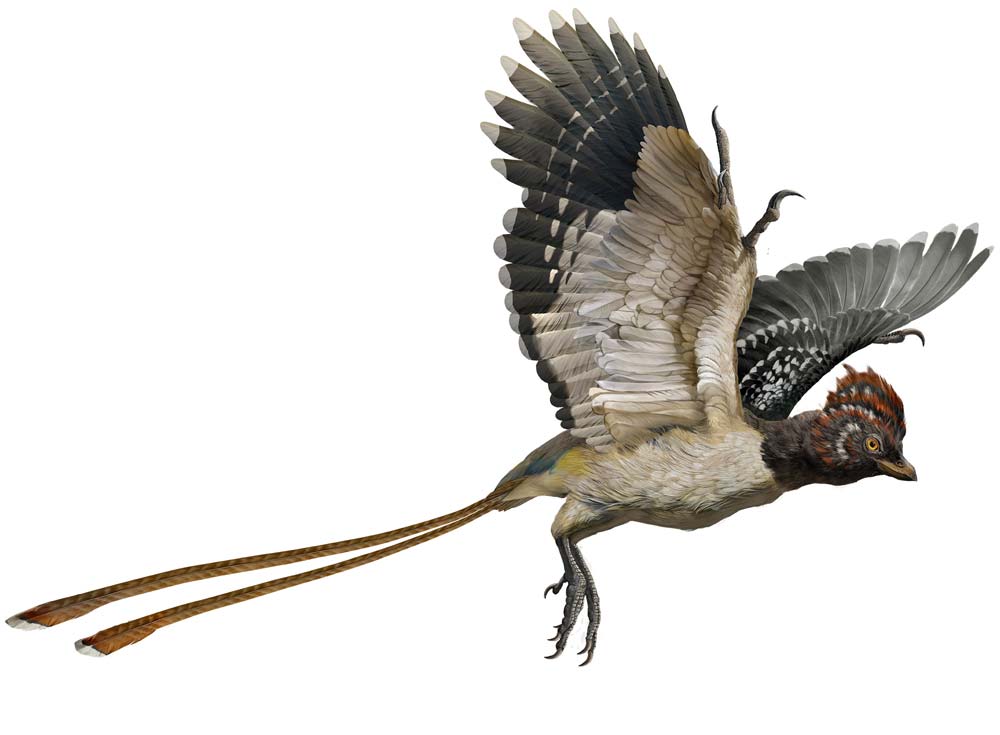
With a beak and a short feathery tail, Confuciusornis sanctus is considered a bird though it likely was not as skilled at flying as modern birds. The necessary skeletal features for flight, such as a breastbone strong enough to support wing muscles evolved over time.
Xiaotingia
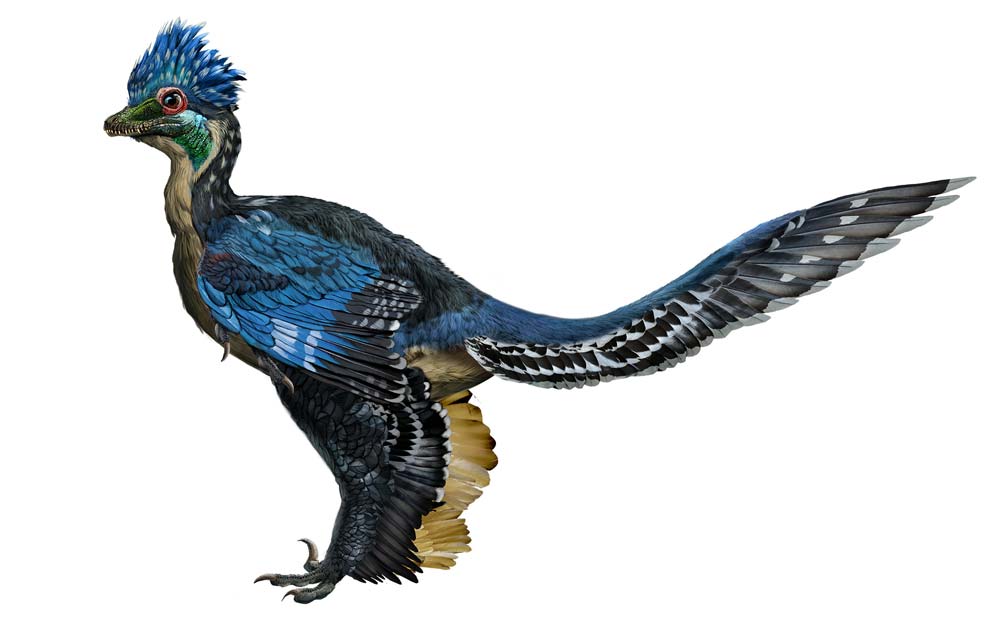
Xiaotingia zhengi had sharp teeth and claws, as well as feathers on all of its limbs. The birdlike dinosaur may have had some flight ability — for example, for controlling aerial descents, pouncing or escaping attack by leaping.
Get the world’s most fascinating discoveries delivered straight to your inbox.
Paracoracias

Found in Green River, Wyoming, fossils of Paracoracias occidentalis closely echo modern day birds called rollers.
Gastornis

The giant, flightless bird Gastornis gigantea looks sinister, and is larger than its cousin Velociraptor. However, despite the creature's fearsome appearance, scientists believe the creatures was vegetarian and related to ducks and geese.
Tianyulong
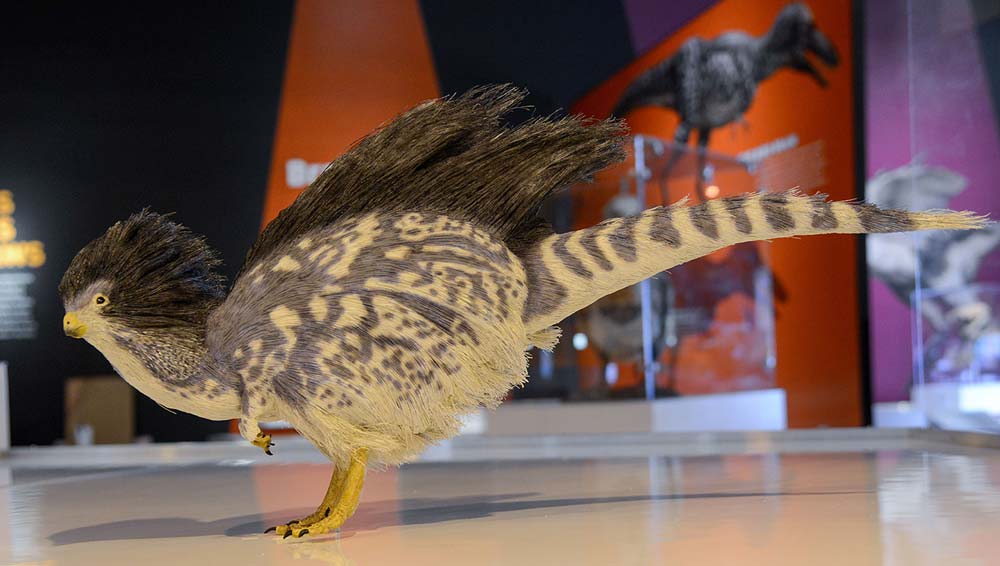
The discovery of Tianyulong confuciusi revealed the presence of feathers in multiple branches of the dinosaur family tree. The finding suggests that feathers might have been present in all dinosaur ancestors and likely pterosaurs as well.


